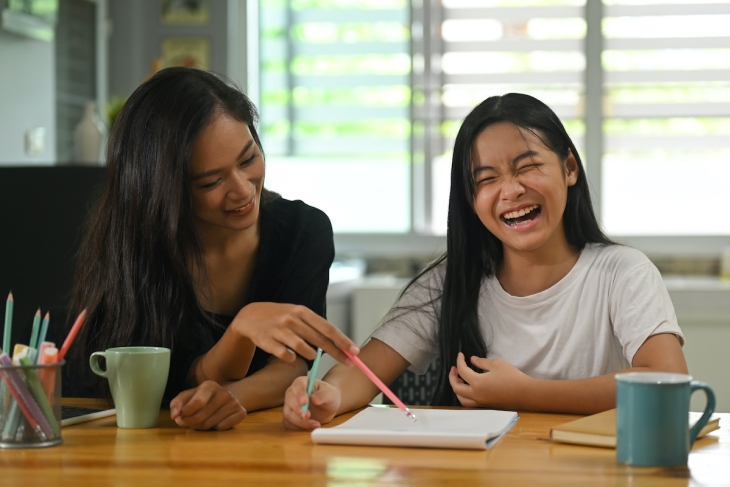Structured activities and services provided outside of the regular school day were increasingly the focus of public investment in the U.S. prior to the coronavirus pandemic. Fully remote learning and hybrid models put in place over the last year have brought new attention to educational opportunities outside of the formal school day. A recent study from North Carolina indicates that an intensive, comprehensive after-school program can provide benefits both in the classroom and beyond and could provide a blueprint for post-Covid educational recovery.
Duke University’s Sarah Komisarow was able to conduct a causal study due to the fact that the oversubscribed StudentU program in Durham, North Carolina, admitted participants by lottery. StudentU is an ambitiously comprehensive program that provides education, nutrition, extracurricular, and social support services to low-income students in the city.
Participants can come from any district, charter, or private school in Durham. To be eligible to apply for a coveted spot in the program (only fifty students per cohort), the students’ parents must have not attended college (thus, program participants will be the first in their immediate family to attend college if they do so) or their family must qualify for free or reduced-price lunch. Families and students sign contracts to participate in the program over seven years, and all of the services are completely free, paid for by government grants and philanthropic funding.
The intense program starts in the summer before sixth grade and continues for seven years—through students’ senior year of high school. Rising sixth graders attend a six-week, full-day, daily program in the summer that bolsters academic skills through small groups taught by local college students, as well as leveraging personal interests through elective learning groups focused on poetry, the arts, astronomy, and so on. During the school year, StudentU participants engage in fifteen hours per week of after-school programming for thirty weeks during the school year. They receive academic tutoring and participate in various physical and wellness activities (aside from the electives above).
In the spring of 2012, StudentU began using an admissions lottery to fill open seats. Komisarow’s analysis looks at lottery winners in three participant cohorts from 2012 through 2014—a total of 100 students as a treatment group—and compares their academic outcomes to a 224-matched-student control group of those who applied for the lottery but were not selected to participate. Academic outcomes included course credits earned by the end of ninth grade, grade point average (GPA), and suspension rates.
The results indicate that lottery winners accumulated 0.45 more course credits than did lottery losers by the end of ninth grade. But when Komisarow interacted lottery status with baseline achievement, she found that the effects were driven almost entirely by the students with low baseline achievement in fifth grade. That is, the lottery winners who were furthest behind at the start of the program benefitted from it even more than did their higher-achieving fellow winners. By the end of ninth grade, students who entered the program with average fifth grade test scores nearly one standard deviation below the statewide mean more closely resembled—and in some cases had better outcomes than—their counterparts who entered the program with high baseline achievement. Specifically, those with low baseline achievement earned more course credits (0.82 credits), achieved higher GPAs (0.37 grade points) and were less likely to be suspended (17.1 percentage points) during ninth grade than their lottery loser counterparts.
Since the analysis stops at the end of ninth grade, there are no data on how lottery winners fared regarding high school graduation, but Komisarow performs a back-of-the-envelope estimate that predicts lottery winners will be around 4 percentage points more likely to graduate from high school than lottery losers.
Analyses on expenditures indicate that the program costs approximately $16,000 per student for four years of programming—thus, approximately $28,000 for the full seven years—which Komisarow says is in line with similar after-school programs. That’s also roughly equivalent to more than two years of additional schooling based on Durham Public Schools’ reported per-pupil spending in 2018.
Students are behind, time is of the essence, and all workable efforts will be required to make up for the losses. Thankfully, there will soon be plenty of funding to be had for big swings such as the StudentU model. Yes, schools have a role to play in stemming learning loss, but high-quality, intensive supports during out-of-school time may be just as vital.
SOURCE: Sarah Komisarow, “Comprehensive Support and Student Success: Can Out of School Time Make a Difference?,” Annenberg Institute at Brown University (September 2020).



